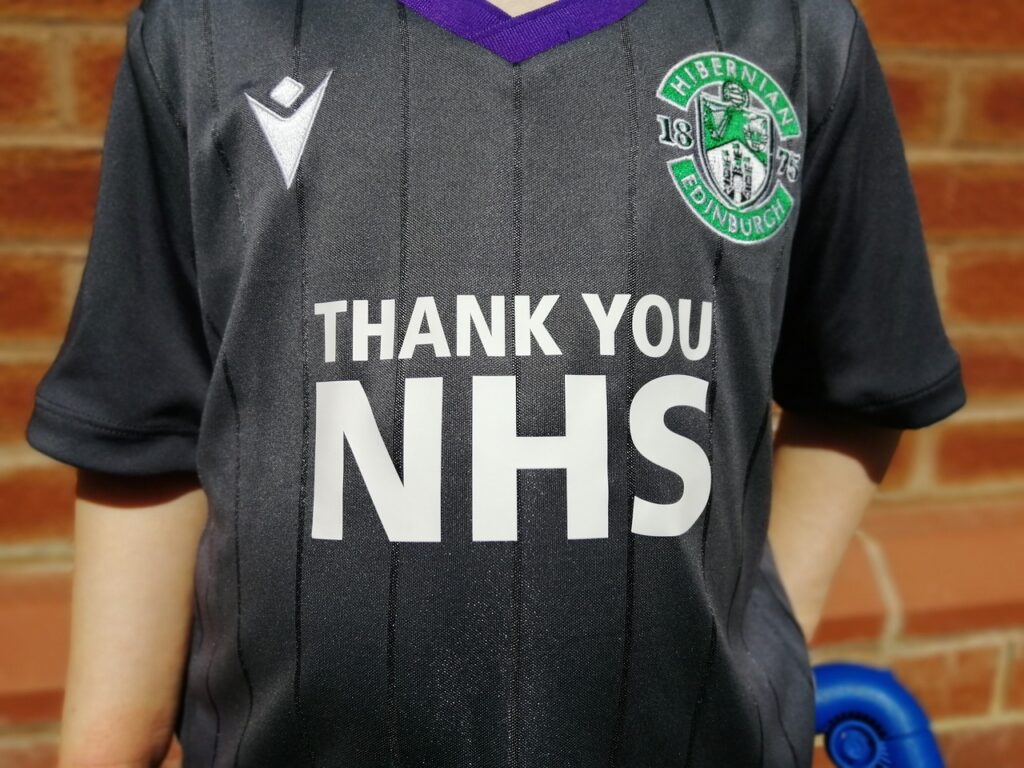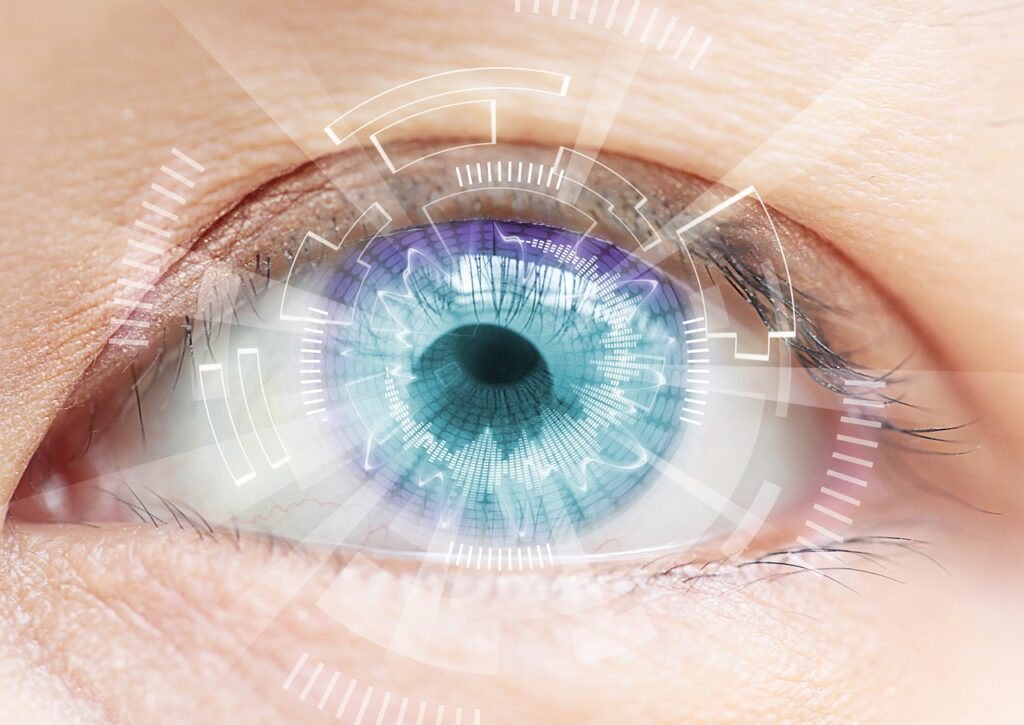
This week I’ve learned a new word – anisometropia – from the Greek for the measure of vision not being equal.
On Tuesday I had my first cataract surgery. It went well but this transitional stage before the second eye is operated on is a bit of a challenge so I thought I’d write this post as it might be useful for anyone else in a similar situation.
I didn’t really know what to expect.
Those who’d had it done said it was a painless procedure. I’d see coloured lights and afterwards I’d be surprised at how bright the world appeared. That was the extent of my knowledge.
I didn’t research it beforehand, which is not like me at all but I was scared the precise details would make me more nervous than I already was. Maybe I should have been better prepared, especially for this anisometropia stage which is weird, but only temporary.
My vision has always been poor and high prescription lenses essential. Reaching for my glasses was always the first task of the day. Now it’s a question of glasses on or glasses off but in a few months it will all be sorted and in the meantime it’s okay.
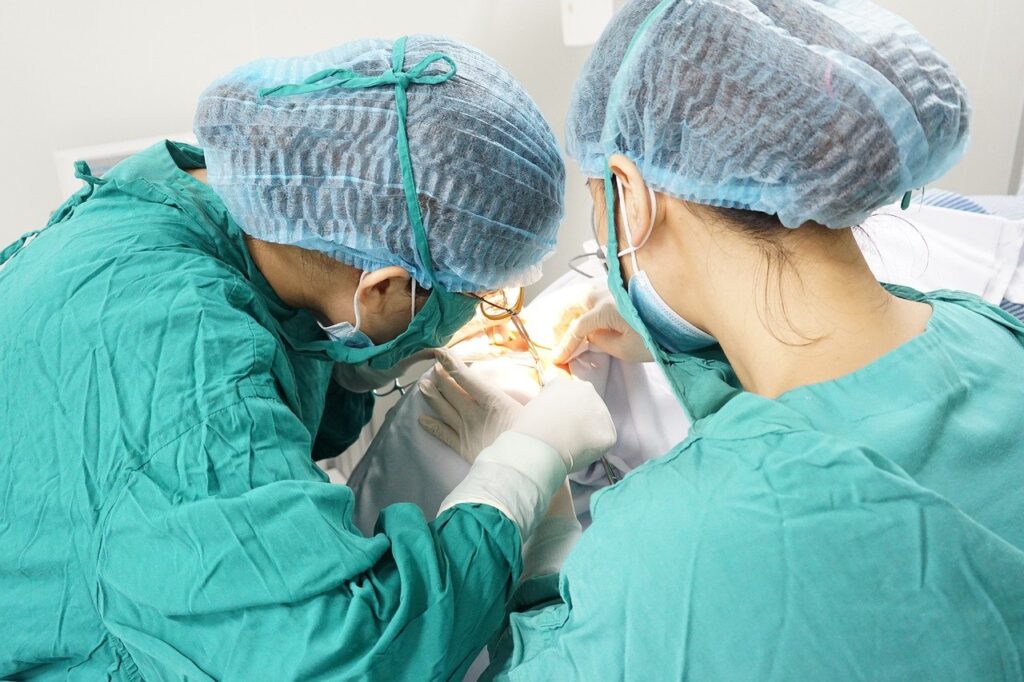
So what happens?
A cataract is like a cloudy film over your eye, like looking through fog. Earlier this year the optician said they were running out of options for correcting my near vision so I was referred to the Eye Hospital. Wearing glasses I could see distances but reading, writing, using my laptop etc was becoming impossible and it felt like my eyesight was deteriorating week by week. I could only read if the book was up against my nose!
I’m no stranger to the Eye Hospital having had uveitis for years so it was familiar territory. From arriving to leaving took three and a half hours. You need a taxi or someone to take you home. They say no driving or public transport and they’re right.
On arrival there’s all the pre-op prep checks such as temperature, blood pressure, eye check and lots of different eye drops. There were seven of us booked in so be prepared to wait with blurred vision.
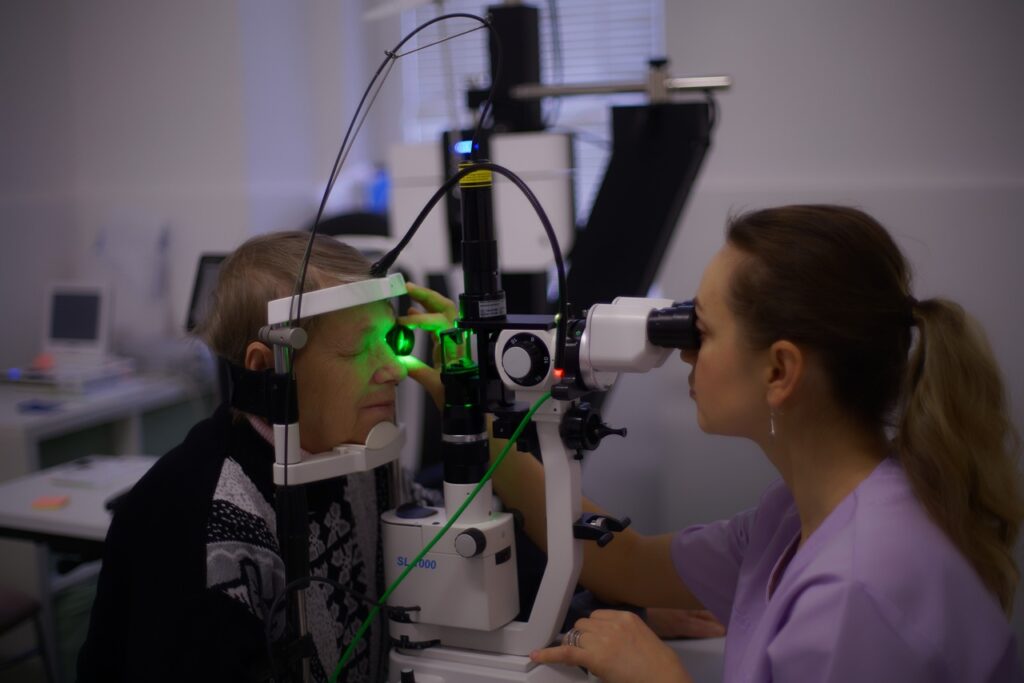
My op was in two stages. No one had said this beforehand so it was a surprise.
The first stage is a laser which breaks up the cataract and makes it easier for the surgeon to remove. You’re laid flat, and a mould is inserted into your eye to keep it open. There is some pressure while they fit this but it doesn’t hurt.
Your pupil is dilated from the drops and a bright light is shone into your eye. You can’t see anything other than this. You’re hooked to a monitor and can hear your heart beat. I tried to relax and take deep breaths to slow it down. It wasn’t very successful but kept me occupied.
The laser process looked like tiny green pin pricks and lasted about five minutes. You don’t feel a thing. Afterwards they wheel you away, help you get up and walk back to the waiting room. More eye drops then about fifteen minutes later you’re hatted and gowned and taken into the pre-op room for the anaesthetic.
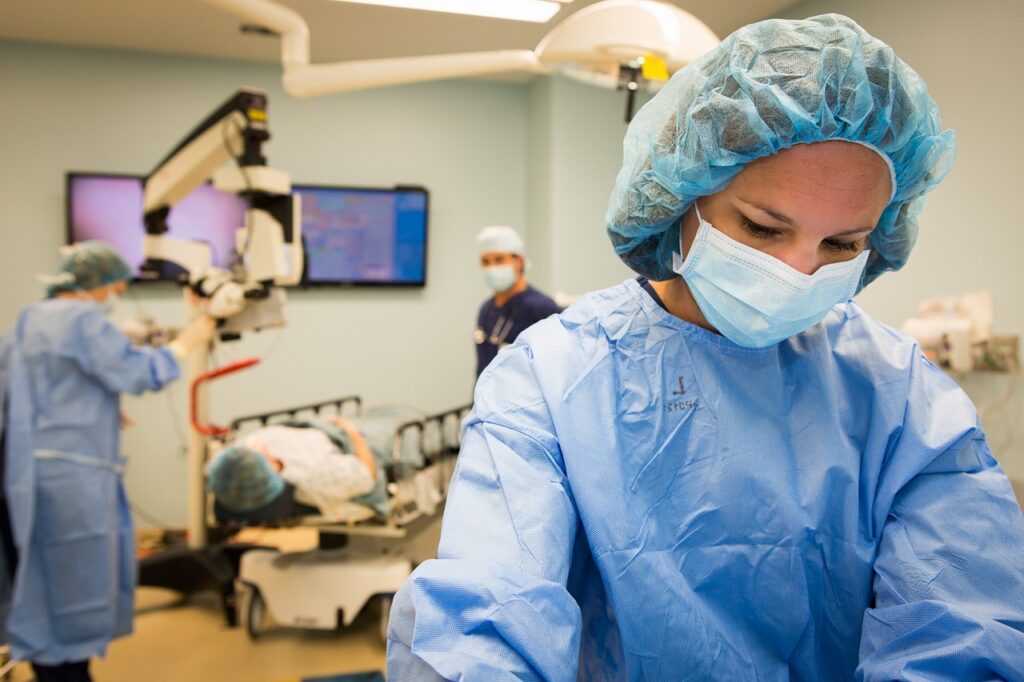
I’ve had injections in my eye for the uveitis so wasn’t looking forward to this but they make a tiny cut below your eye and inject the anaesthetic through a catheter. It’s like a numbing injection at the dentist but you don’t feel the needle go in.
They put cotton wool around your ear because the surgery uses lots of water which will drip down the side of your face and the padding is to soak it up. Once your eye is anaesthetised they wheel you into the operating theatre.
You’ve already met the surgeon during the pre-op checks and she was sat waiting for me. The radio was on and there’s a few people in there all chatting to each other. It reinforces how this might be a big deal for you but it’s all in a morning’s work for the staff.
Again you lie flat but this time your head is covered. You’re connected to a heart monitor and given a tube to hold which feeds you oxygen. It might sound silly but it was all more ‘surgical’ than I expected. My bad for not doing enough research!
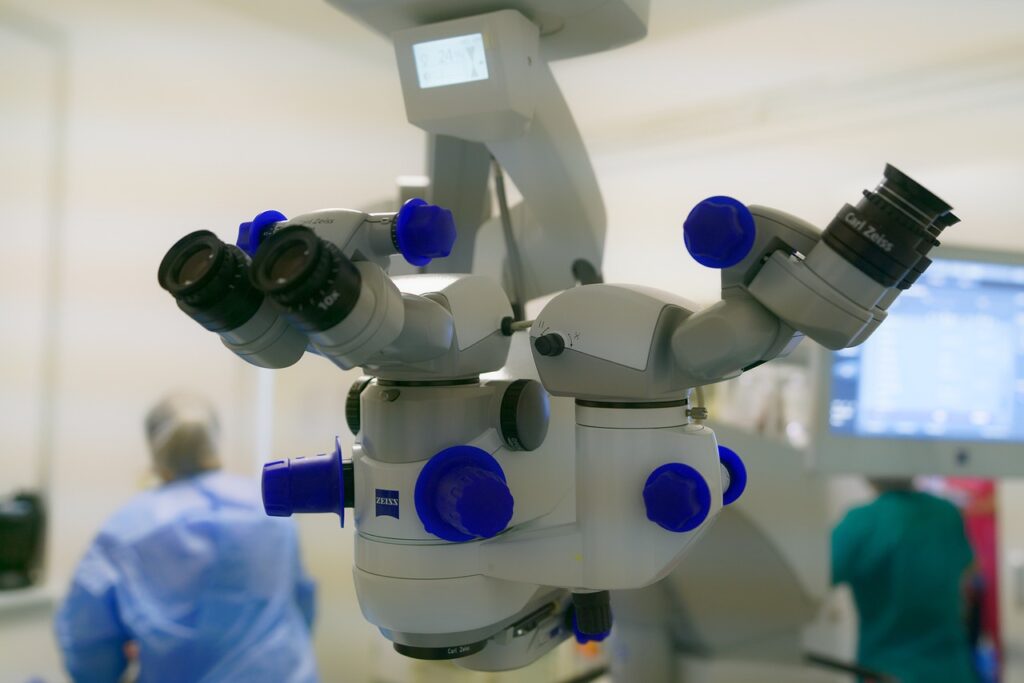
You’re placed under a mounted microscope and it begins. All you can see is another bright white light. People I’d talked to had told me about seeing coloured lights and I was expecting something like Christmas tree lights but it wasn’t quite like that. At first I saw pink round the edges. It danced like the northern lights do, then I could see green patches in the centre which I guessed were the pieces of lasered cataract.
The bright light varied in intensity and movement but there wasn’t the range of colours I’d been waiting for. It doesn’t hurt. You don’t feel a thing other than cold water trickling down the side of your face. Everything the surgeon said with regard to the procedure was repeated back in a digital voice so I guessed it was all being recorded. I didn’t reognise many of the words but did hear her say ‘polish’ so thought that must mean we were getting near the end.
Once it’s finished you’re wheeled out from the theatre and into recovery where they do temperature and blood pressure again, help you to stand up and walk back to the waiting room.
I’m not sure how long the operation took. I was called into preop as I was texting my lift to say the first part was done . It was 10.30 and by the time I came out it was about 11.15. I remember listening to Merry Christmas Everyone by Slade and Ed Sheeran singing Perfect so maybe about 10-15 minutes for the actual removal of the cataract and insertion of a new lens.

The info they give you at your assessment refers to two types of lenses. One corrects long vision and the other short. Because I do so much reading and screen work, I was thinking a short distance lens but when I talked to the surgeon she said they prefer to correct long distance with prescription or reading glasses for near vision. I’ve since read that long distance is standard practice and to have a short distance lens means ordering it in specially so if you don’t say anything during your pre-op assessment you’re likely to have a long distance lens waiting for you.
The final part of the op is to seal your eye shut. At first, I had a small cone on top of this so I couldn’t put my glasses on, but the nurses removed it before I left. The sealant part is clear over your eye so you can see it shut and I was surprised how long my eyelashes looked. You leave this on for about 4-5 hours then you can peel it off and see the results.

At first, I panicked because my vision was so blurred. It took a while to realise my eye was still fully dilated. The anaesthetic begins to wear off after about 3 hours. There’s no pain but it’s a bit uncomfortable for a day or so.
From the start I could see the edges of things were clearer and everything was so much lighter compared to the other eye. It was like seeing in sepia through the untreated side and full technicolour beneath stage lighting in the other.
You have a regime of drops to put in several times a day for two weeks, and for the first couple of days you need to rest. No housework or heavy lifting. This is to prevent strain on the eye which can affect the pressures. I dropped something from a shelf. It fell into an awkward space and as I automatically bent to pick it up, I realised what they meant. And definitely no driving, so if you live on your own like I do it will help to have family and friends around until the vision in both eyes is restored and you can comply with the regulations to read a number plate at 20 metres.

Did I say you have to rest?
I don’t do rest so these first days after the op are hard but it takes a few days for the new eye to settle and you need to help it along. Today is my second full day. For the first time in my life I can see across the room without glasses but this is where the anisometropia kicks in. My other eye is still very short sighted and has a cataract so my prescription lens isn’t working too well and the difference between both eyes is extreme.
An eye patch has really helped. Mostly I’m covering the good eye, especially while typing. It rests it and I’m used to struggling with poor vision so it feels more normal to use my glasses or the ‘hold to my nose’ technique to see close up.

With the eye patch my eyes are less confused. I can see to type because I can enlarge the text and haven’t been able to see Windows menus for ages so I’ve learned where most things are through the fog.
The new eye is not yet perfect but it’s still settling and if I uncover it I can just about make out what I’m typing. In the next day or two I’m going to try out some reading glasses.
I still can’t quite get my head around being able to see across the room. It’s a totally new experience. I haven’t been outside yet. I’ll need to wear sunglasses because everything is so bright but I’ve had problems with sunlight for years so that’s nothing new.
When the second eye is done I won’t be able to see close up at all. This is a bit scary because it feels like a major lifestyle change. I don’t yet know what the final vision with both eyes will be like, or if it will solve the problems I have with astigmatism. My eyes don’t focus properly and its always been corrected with prescription lenses. I’m thinking it’s possible I’ll get away with reading glasses but it’s too early to know for sure.
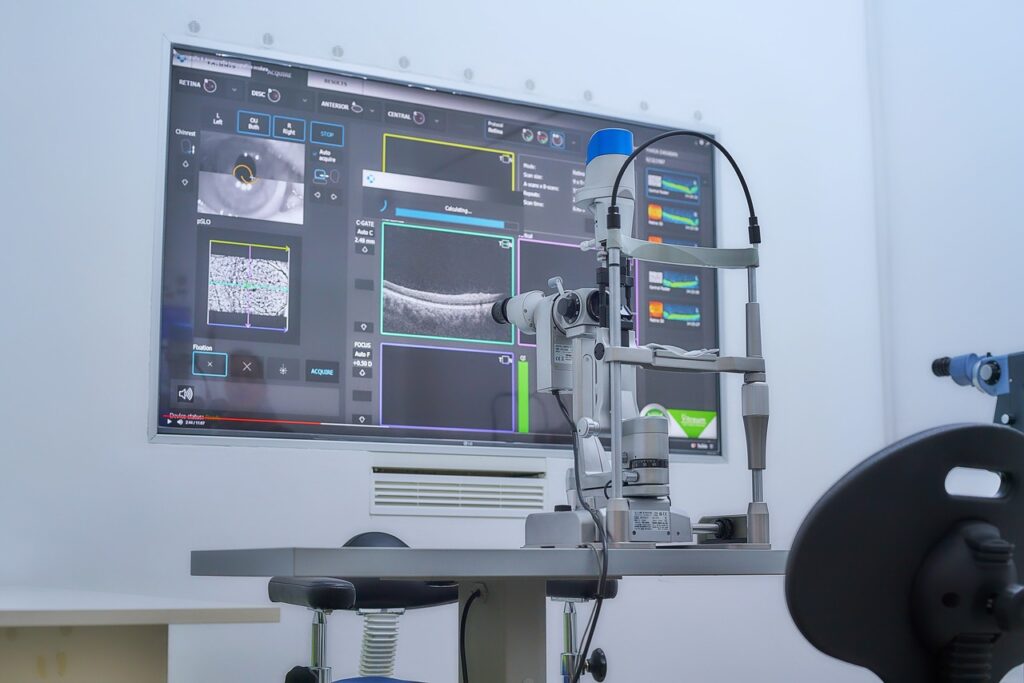
A long post – but for anyone thinking about cataract surgery it might be useful, especially if your vision has always been a problem and you know it’s deteriorating. The Eye Hospital say they’ll phone in two weeks with a date for the second eye but that this might be delayed because of Christmas so it could be into the new year.
This is the transition stage. I have a choice of which eye to use which is weird but I know it’s only temporary. If the second op goes as well I can’t even imagine how it’s going to feel to be less dependent on my glasses.
Everyone I met at the hospital was wonderful so I’m going to finish with praise for the NHS. I haven’t used it much in my life. Two births, a few broken bones and a fair amount of eye issues but I’ve always been impressed by the service they provide and this has been no exception. Thank you NHS and the Eye Hospital in particular. You are amazing and I for one am extremely grateful.
